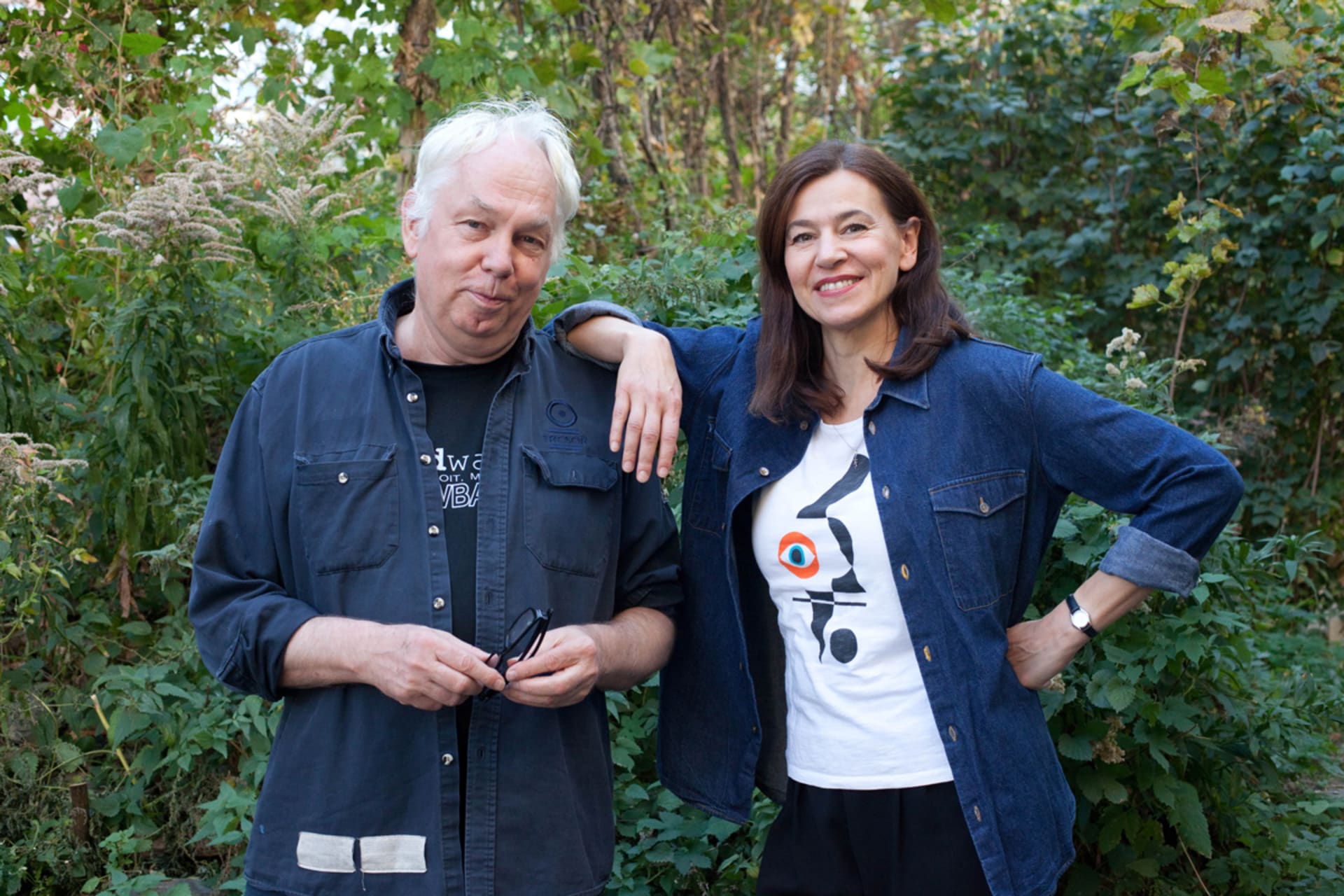
How Happy Locals Is Using Ideas From Berlin’s Techno Scene To Revitalize Rural Germany
Happy Locals is an initiative started by Annette Ochs and Tresor founder Dimitri Hegemann that aims to make rural areas more attractive to young people.
Young people aren’t staying in Germany’s small rural cities, and it’s becoming a problem. These now empty places are becoming centers for radical right wing ideologies. This is particularly noticeable in eastern Germany, where more than 2 million people—mostly well-educated women—have left to pursue lives in the more prosperous former West. In their wake, they’ve left shrinking cities and deteriorating infrastructure.
One such affected region is the Uckermark area of Brandenburg. It’s one of eastern Germany’s least populated and most economically underdeveloped areas. It’s also part-time home of Annette Ochs and Dimitri Hegemann, Tresor founder and self-defined “urban space explorer”.
Over the past 10 years, Ochs and Hegemann have found themselves spending more time in the Uckermark. In that time, they’ve co-developed the annual Uckermark Festival alongside fellow musicians and Uckermark residents Thomas Fehlmann and Gudrun Gut (we featured her home there in our recent video feature about her). They’ve witnessed the consequences of the region’s cultural brain drain first hand.
In 2011, they were approached by PCK Refinery— an oil refinery in the Uckermark city of Schwedt that’s also the region’s biggest employer—to help find ways to make the city more attractive to young professionals. The result was the founding of Happy Locals, a Berlin-based initiative that aims to reverse the brain drain by working with local city administrations to establish independent cultural spaces for young people.
Both Ochs and Hegemann helped to shape Berlin nightlife before and after the fall of the wall. They are convinced that small rural towns can become more attractive by offering spaces for young creatives to meet in a setting as free as possible from economic pressure. These can be party spaces, like Tresor, or less clearly defined cultural centers. The idea is that these spaces will act as incentives to get people to either stay or come back after getting higher education in a big city.
Happy Locals recently won the prestigious Kultur- und Kreativpiloten Prize, which is awarded annually by Germany’s Federal Government. We caught up with Ochs and Hegemann to ask them a few questions about their project to reshape the rural cultural landscape.
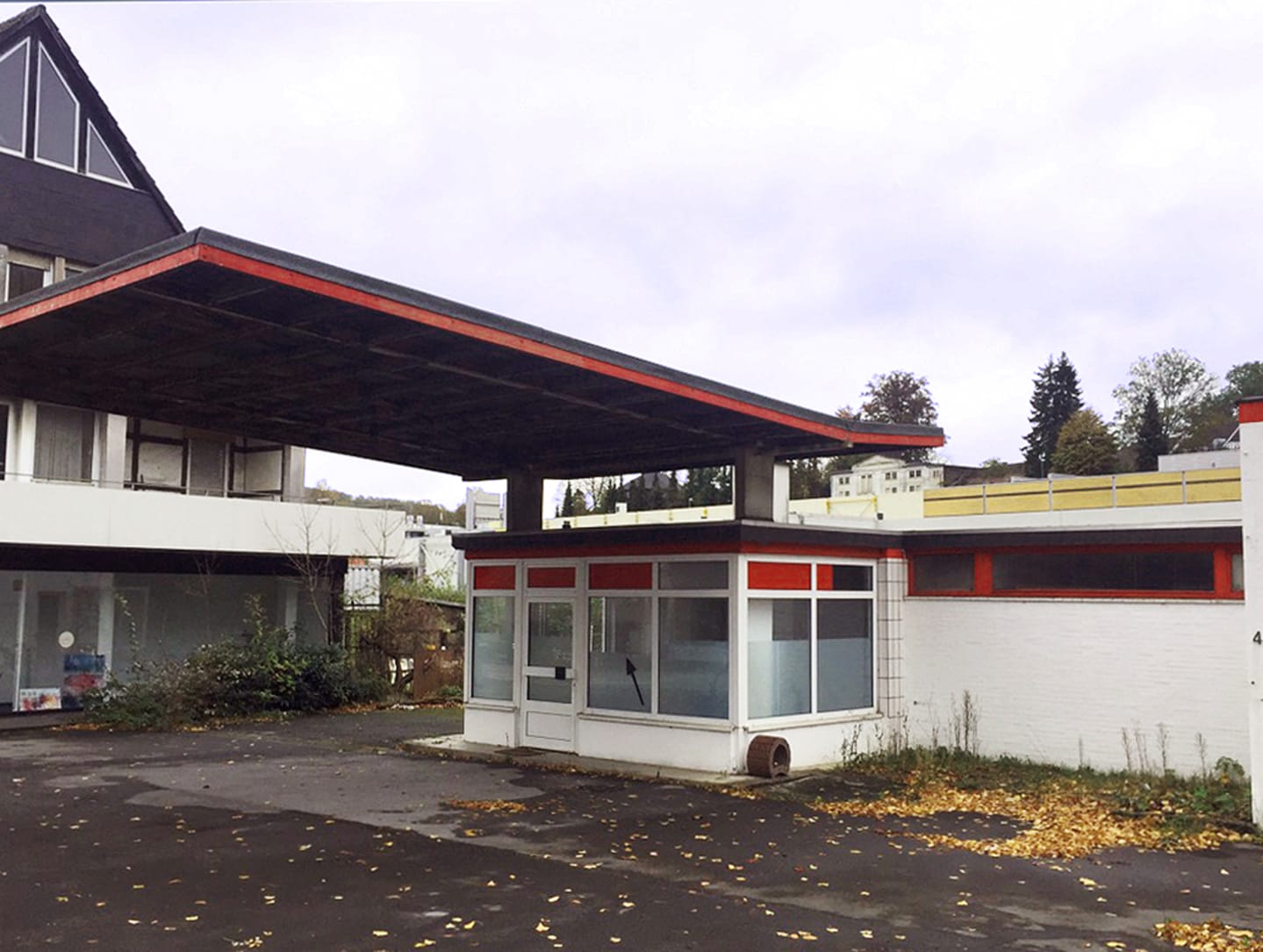
I know that Dimitri is originally from the countryside. How about you, Annette?
Annette Ochs: I also come from the province, although the village where I grew up was a bit bigger than Dimitri’s.
Dimitri Hegemann: I really would have liked to have stayed in my village back then. But there was no place where I could put my ideas into practice. Woodstock was the inspiration for me and a few friends back then. I was born in the 1950s. I still think many of the hippie ideals are very good: the critical stance, the idea of community, advocating for peace—and to be open for new music.
Did you land in Berlin for similar reasons, Annette?
AO: It was a little different for me. Also simply because I was born 14 years later. My parents were already somewhat more open. And including the surrounding area, my hometown had at least 100,000 inhabitants. Nevertheless, I felt pretty limited in my opportunities for development. There was a cinema and also a club here or there, but it was just too provincial for me. Anything that was somehow provocative or new was met with rejection. The community that I found in Berlin appealed more to me.
DH: I actually wanted to establish a rural commune, but the village didn’t want that. The idea was too weird for them. That’s why I moved to West Berlin in 1980. For the last few years, I’ve regularly been spending time in the countryside. I’ve noticed that, in the end, young people are still struggling with similar problems. Conservatism forces them to move to the city, even if they don’t entirely want to leave. And, more importantly, it’s a reason why they won’t move back later.
What was so convincing about country life that you would have preferred to stay?
DH: Country life was familiar to me. Of course, I didn’t know the city. I didn’t know the alternative life. Through music—including that Woodstock documentary—something always turned up on my radar from time to time. I also really liked the security of the village. Only there was something missing: a commune. We had even decided on an old building, which was empty and obviously deteriorating. I didn’t want to go off to the big city to discover something new. That all changed quite quickly when I moved to Berlin. Once I got there, I wanted to know more—to explore more.
AO: Small town life was not inspiring enough for me. I definitely wanted to get out of the province. In contrast to Dimitri, I’d already moved around a lot—from one small town in the southwest of Germany to the next. Maybe that’s why I was never so rooted in a certain place. The only way of feeling kind of home was by walking through nature. I spent a lot of time with my family in nature and always loved it. But I needed the impulse of the big city then. Today, the big city is still interesting, but also much more exhausting than before. The longing for nature and peace is growing again. I think that’s probably a normal aspect of getting older.
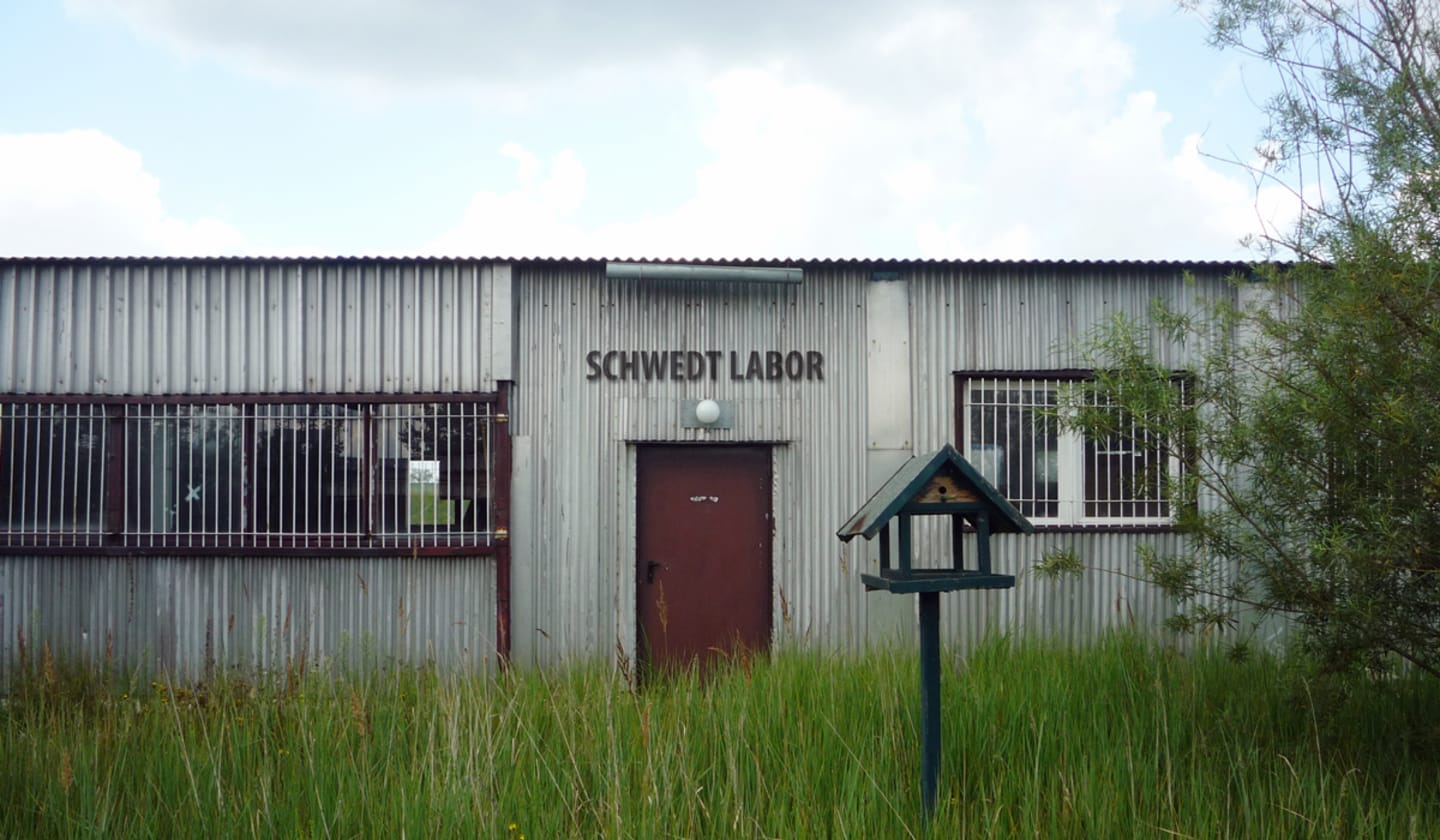
Who is Happy Locals primarily aimed at?
AO: On one hand: at young people and young adults between the ages of 17 and 30, who live in the countryside or a small town. And secondly, of course, at local political administrations of the municipalities.
With the experience that you’ve acquired from 30 years in Berlin, you now want to go back to the countryside and open alternative spaces. That sounds like an attempt at cultural reinterpretation. The cliché, at least, is that the province and the countryside are conservative. How do you see it?
DH: I think that every community in the country has enough of those lateral thinkers. The potential is there, but the basic conditions aren’t right. There’s no space where these people can do something. Besides, they and their work are still not valued. They are often perceived as a disturbance. That’s the core problem. However, there is now a new generation of mayors who are more open and who think outside the box. They have understood that many good things are pushed forward by those lateral thinkers.
But communities don’t use their potential, and they let these potential doers—we call them operators—just go away. They move to the big city and are lost forever. To quote Annette’s text from the “Happy Locals” manual: “If the youth get bored in their hometown and cannot develop, they usually want to go to the next biggest city, because they hope to have a more fulfilling life there.” That’s how it was for me.
After the fall of the Berlin Wall, I was mainly busy with techno and with the city. About ten years ago, when I started traveling around Brandenburg on a regular basis, I felt reminded of my own situation in the ’70s.
AO: First of all, we want to encourage the mayors and municipalities to focus on youth again. That has been neglected for years. Our presence is not meant as a provocation. The fact that young people move from the countryside to the city is nothing new and that won’t change. The question, however, is whether it is possible to design the province in such a way that some of them come back after education, because there is scope and opportunity. Especially in Brandenburg, in recent years it has become clear that the municipalities have to be careful that not too many young people leave and never come back. As I said, we are primarily about encouragement—also, for the young people, to finally be able to do something on their own initiative. It doesn’t immediately have to be something provocative or world-changing.
DH: There are still youth centers here and there, but they’re too mainstream. You wouldn’t want to go there.
AO: Especially the self-managed youth centers have been subject to budget cuts. And the people who ran them grew older and perhaps they didn’t find anyone to continue running them, because that way of thinking wasn’t promoted.
DH: That’s a huge mistake. These are mainly people who completely dedicate themselves to their projects. There are usually only very few such people in each small town. People should finally take them seriously and give them the opportunity to do something aside from the conventional youth center, something alternative. And for that, they should receive a kind of work contract. I think that would actually also be the cheapest way, financially. Apart from the fact that it would reduce depopulation and curb the danger that a far right mainstream becomes established.
Work contracts?
DH: By that, I mean that they should be paid by the town or municipality. The same goes for the costs of the space to be developed and activated. Or from the local industry: they want to make sure that there is a next generation.
AO: Or a combination. They can also join forces and pay for it together. It’s not expensive. It’s just a lease and a salary.
DH: Locations can be found everywhere. The absurd thing is that everything is already in place for it. Mayors want a satisfied youth. The youth is hungry and the ideas are there. There are plenty of vacant properties. In our opinion, it just needs to be pieced together.
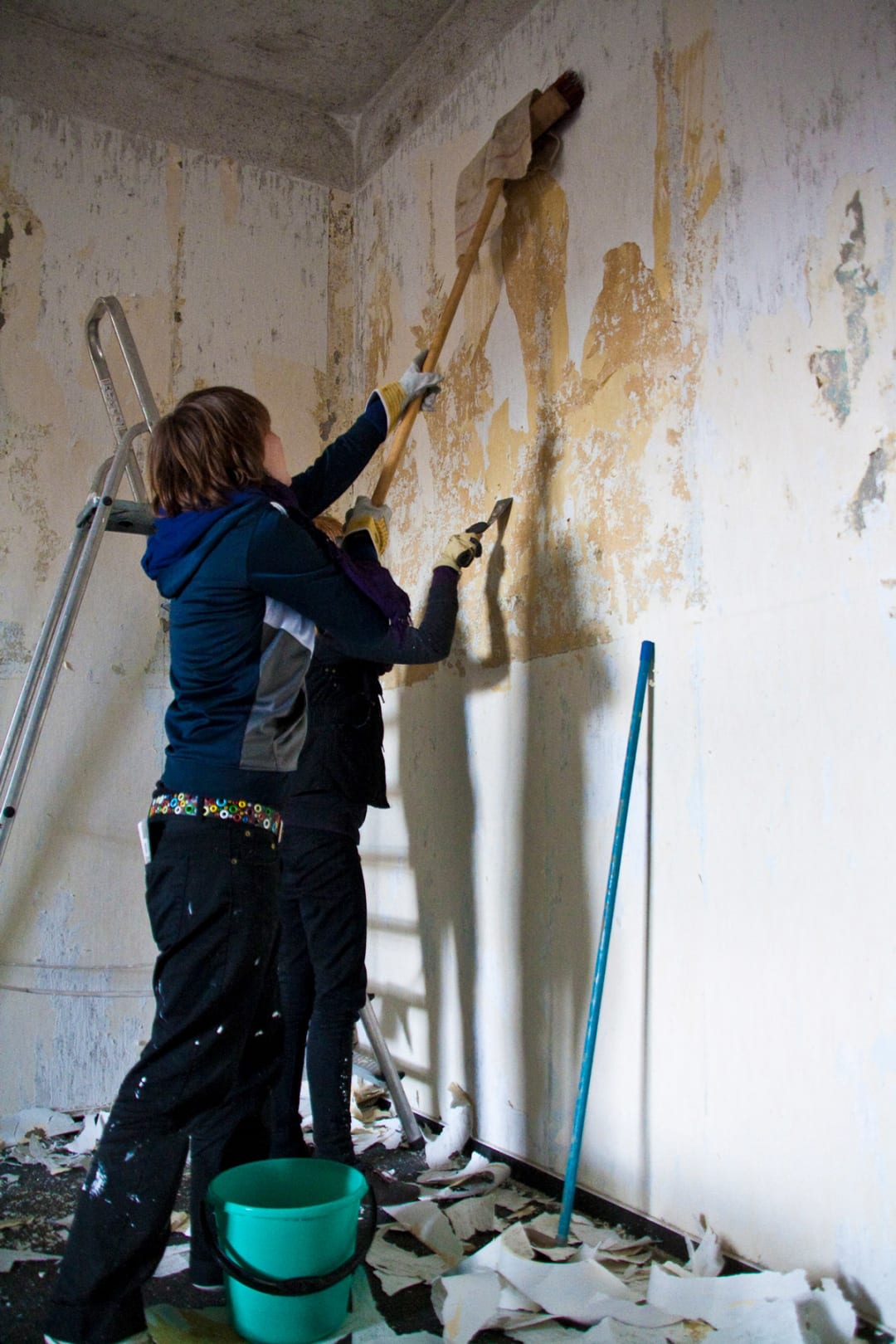
The first city in which you became active was Schwedt. How did you choose Schwedt?
AO: That came through the Uckermark Festival, which we are also involved with. It was founded in 2008, and in 2010, the PCK, a refinery and the largest employer in the Uckermark, sponsored us for the first time. The contact then intensified to the point where they approached us and asked if we perhaps had some tips on how to make Schwedt more attractive, because all the young professionals were moving away. So we organized our first workshop there.
DH: We went to the Schwedt city administration and told them that we wanted to ask young people from the city two questions: What do you like? And what would you like to do in Schwedt? Through the network of Tresor, we quickly got in contact with a few people who were based in both Berlin and Schwedt. Their reaction was: “If we manage to open a space where people can develop things undisturbed, then we will stay in Schwedt.” That confirmed our theory. They then advertised our upcoming workshop in the local press and by word of mouth. The city provided a vacant shop for it. The kids who participated immediately knew what they needed. It was clear that there has to be a room. Everyone was very excited. We had around 25 participants.
AO: Afterwards the municipality said that we could continue to use the room. And then… a total standstill. There was basically a promise from the mayor. But then suddenly he was impossible to get ahold of and the key to the shop was gone. They dragged it out until all the momentum was drained.
Was that intentional, in your opinion, or was it sloppiness?
AO: I think the administration didn’t want the project.
DH: There definitely was resistance–from several directions. For example, in Schwedt there is a big theater: the Uckermärkische Bühne. They get five million euros per year. This is a kind of municipal theater with 80 or 90 employees. Their program is rather mainstream, but things do happen there. And even they often complain that young people are leaving the city. So we had a discussion and said: “Okay, then take 10% of your budget and invest it in the youth.” First the room was quiet, and then all this protest broke out. One of our team had to explain that I didn’t mean it literally, but rather as a source of inspiration. I was completely ostracized after that.
But wasn’t it to be expected that the established cultural sites would have little understanding of those kinds of alternative cultural approaches?
DH: It was a good experience for me. I noticed that the decision makers in the administrations are afraid because they can’t categorize the whole thing. Those people find it difficult to seriously deal with young people.
AO: One of our priorities is that we encourage administrations to approach the youth and then, at the same time, to leave them alone. They should make the funding and the space available but then leave the design to the young people.
DH: We’re not talking about 100 people who should be hired now. We’re talking about one or two operators who are responsible. At the moment when that kind of space is created and young people realize they are being taken seriously and can get involved there, the attractiveness of remaining local or coming back after completing training or studies rapidly increases. We have also suggested that the local economy contributes. For example, the local bank could have a new logo designed by a few street artists from the town. That also sends a signal: This is the new generation from Schwedt.
AO: What’s important is that the young people in their town or small community have the experience of producing something on their own or setting it up on their own. It’s about experiencing self-efficacy. That then also creates a sense of identification with the place: “I can do something cool here, so I’ll stay here.” Or: “I’ll come back after my education.” The latter is perhaps even better, because a change of perspective equals a broadening of horizons. It’s important that these people then come back with the knowhow that they’ve acquired.
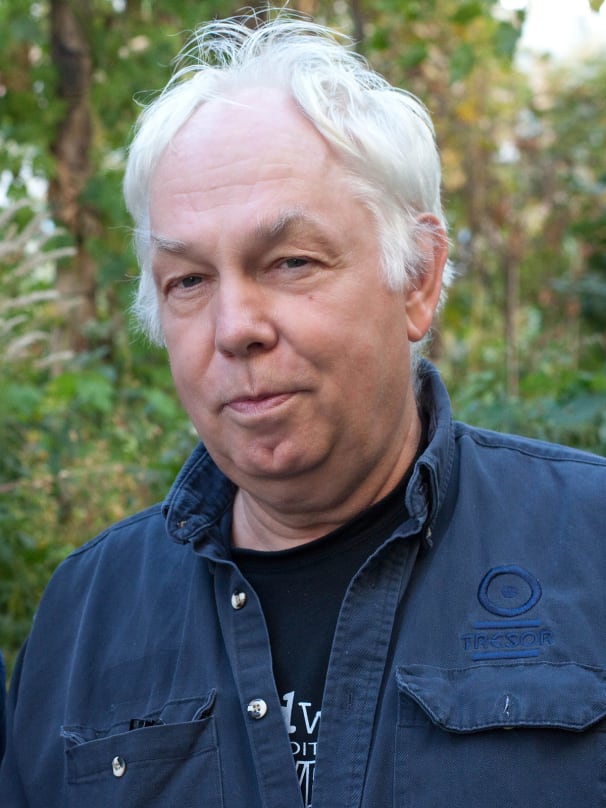
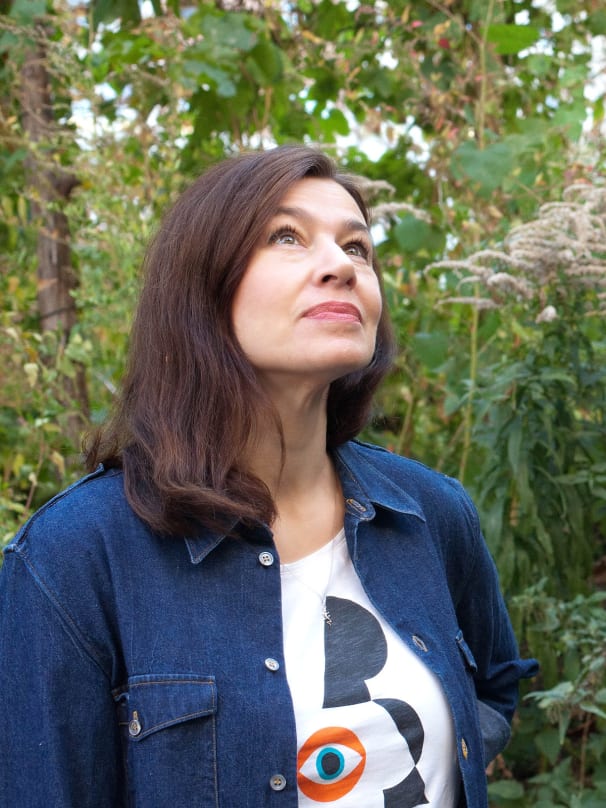
Would so many people really want to return to their hometowns?
AO: We’ve been to various meetings now, where we’ve met a lot of young people, and there actually is that tendency. Even in the countryside, people have noticed that the big cities are getting tight and the cost of living has exploded. That also makes small communities more interesting. Especially if you can do something there yourself. We want to support these processes.
Beyond your work with eastern German cities, you’ve also been to a few small towns in western Germany. Were there big differences?
AO: We were really active in Warstein and in Eppelheim. One difference was that a multi-cultural approach worked well. That’s something completely normal there. There were youths from Bangladesh, Poland, Russia and who knows where in a youth center, and that worked really well. The problem, once again, was more that the social workers in these centers are used to doing their thing. We weren’t necessarily met with wide open doors there.
DH: Finding that will to reinvent oneself is the biggest challenge. In Eppelheim, for example, the staleness from 40 years of youth work was quite pronounced. The youth center was totally cramped and had that kind of outdated atmosphere. My idea was to rebuild the center as a social sculpture. Here are thirty hammers, let’s go. Resistance also came from the owner. But I don’t want to have to discuss for three months. They probably thought: “What are these Berliners doing here? Are they crazy or what?” The young people, on the other hand, were quite taken with the idea of transforming the building according to their own ideas. Another challenge was the lack of external input.
AO: Southwest Germany is very saturated. There is a lot of high culture and people have quite a lot of money. But there’s hardly any room for subculture. There is a lot of concentration in Mannheim and Heidelberg. But it’s very thinned out in rural areas. Subculture is often actively obstructed there. We were also in Warstein, a town in the Sauerland. There’s not much going on at all. Getting there by train is something quite different than going to the Rhein-Neckar area. There, it’s obvious what it boils down to.
DH: Our coaching is always based on how Berlin was after the wall came down. We try to convey the experience of that time, when a lot was possible and there was hardly any control. The youth had room to try things out. Where one project flopped, another was a success. All in all, those failures and success stories have decisively influenced the city of Berlin. I think we need to develop a system to coach the decision makers.
I remember you once told me you wanted to open a “subculture academy” that trains teenagers from the countryside.
DH: Yes. We basically already do that at Tresor. We always have two or three kids who are being trained. They come in as a 20-year-old and learn it all from the bottom up: organization, booking, budgets. Officially, it’s an apprenticeship as an event manager. My idea for the subculture academy is similar. The students would look over our shoulders day by day at the Tresor. We don’t yet have the means to do it on a bigger scale.
AO: Last November we had a network meeting at Kraftwerk. There were various actors from allover Germany that we’d met previously. We want to continue that networking and exchange of knowledge. The long-term goal is to start an academy for young people: Academy for Subcultural Understanding. And additionally, we want to hold similar networking meetings and workshops for the decision makers, as well as for the educators who run existing youth centers out in the communities. We’ve just submitted funding applications for that. Let’s see what comes out of it.
The idea of transferring the experience from Berlin to other cities has been with you for some time now. Also internationally: the keyword being Detroit. How has your experience been so far? I must admit that I sometimes have doubts that the experience of the unique political situation after the wall came down can actually be applied.
AO: It’s not always so easy to translate. There is always a local flavor and different mentalities. With one, you have to drink beer to get into conversation; with the other, you have to drink wine. It sounds stupid, but that’s really how it is. You need to get a sense for a place beforehand. That’s why we always go there first, to get an impression onsite. Otherwise it will not work. But there are indeed a few key messages, which in our opinion are universally valid and translatable: that youth needs space, and that you just have to let them do things. Administrations need to have the confidence and the courage that everything will be okay even though they don’t really understand what the kids are doing.
DH: It’s slowly being recognized that the future only functions with youth. In the meantime, a lot of effort is being put into rural development. There are some great approaches, but there’s too much theory. The practical implementation is often lacking. That’s also where I see our job: to support and encourage that.
I certainly don’t want to overdo that anarchic Berlin-thing. In my experience, there are enough building blocks in every community to make things happen. And it stands or falls upon having a space where people can meet and unfold. That’s just as true for old people. It’s all about communication. Young people want to do their own things. There are often concerns relating to liability, but that can all be dealt with.
AO: We were recently in Potsdam. There’s a degree program at the technical college called “cultural work”. We gave a Happy Locals talk there and around 40 students attended. Afterwards we got into conversations with some of them. They were very interested, also because they don’t know exactly what they want to do in life, only that it should be in the cultural field. We asked how many of them came from the city and how many came from the country. It turned out that three-quarters came from the country. And during our conversations it also came out that many of them would best like to go back and transform an old train station into a cultural center or something. That strengthened my conviction that there needs to be even more engagement in training and education.
DH: We also considered how this overdose of creative people in Berlin can be distributed. How can we give them work? Could we send them out to the countryside? You could send them on a tour of Germany. They’d be in Stralsund for three days, two days in Schweinfurt, one in Wismar, and they’d present their work. And for that they get money. My idea would be a kind of booking agency for provincial tours. I don’t yet know exactly how it would work. But young people in the small towns need that. If they always see the same faces, they get annoyed at some point.
AO: That would be a nice win-win situation, both for the country and for the city. It’s still the case that people in the city talk somewhat condescendingly about the province and provincial people, while those from the villages accuse city-dwellers of thinking that they know everything better. We imagine an open and constructive exchange.
How else have your experiences been with young people so far?
AO: What we’ve noticed is that they often seem to be wired differently than we were back then. Student groups regularly come to us to see the Kraftwerk, for example. And I have to say, generally, I’ve found them to be rather conformist. There are only a few who will ask a question in between or dare to stick out. This was repeatedly confirmed by the respective teachers and professors. Students today have such a strict and structured program, they have totally internalized the idea that, first and foremost, they need to function. We want to steer against that a little. They should also be able to let off some steam, just like we had the opportunity to do back then.
DH: When I first arrived in Berlin, the pressure to do something sensible decreased rapidly. Right away, I met a lot of sympathetic young people who also had no idea where the journey was heading. Our mantra was always: Let’s just try as many things as possible. That’s what’s comfortable about the city. I was really relieved. Previously I thought I was a total loser simply because I didn’t want to become a bureaucrat.
AO: What we want to convey and pass on to the young people is a certain carefreeness, to just try things out. Surely, we also had that because there was a greater sense of security in our generation. That has completely disappeared today. If people have the opportunity to try things out, to realize common projects with others, then over time they develop a confidence in their own abilities. Also that one can pull themselves out of a crisis situation on their own. That is an important lesson that can be learned when you have more freedom. But if–as is typical these days–everything is always predetermined and the structures leave little space, then one can’t develop that self-confidence.
Does that work? Do the young people you speak to see their situation the same way? Is it an alternative that appeals to them?
AO: Yes. When we tell stories and show pictures of the things we did in the ’90s, they always think it’s great and they would like to do something like that as well. We always encourage them to try it. People learn so much while doing. You don’t necessarily have to have everything perfectly planned out. In addition, you develop a lot of skills that will help you later.
In the spirit of Christoph Schlingensief’s “Failure as Opportunity”.
AO: Yes, exactly: failure as a chance. We’ve all failed at some point. Those were very important experiences. To not always function. And, at the same time, to take happiness into one’s own hands. Hence the name Happy Locals. Ultimately, it’s about the development away from being a consumer toward becoming a producer.
Published January 21, 2019. Words by Sven von Thülen, photos by Ben de Biel.
